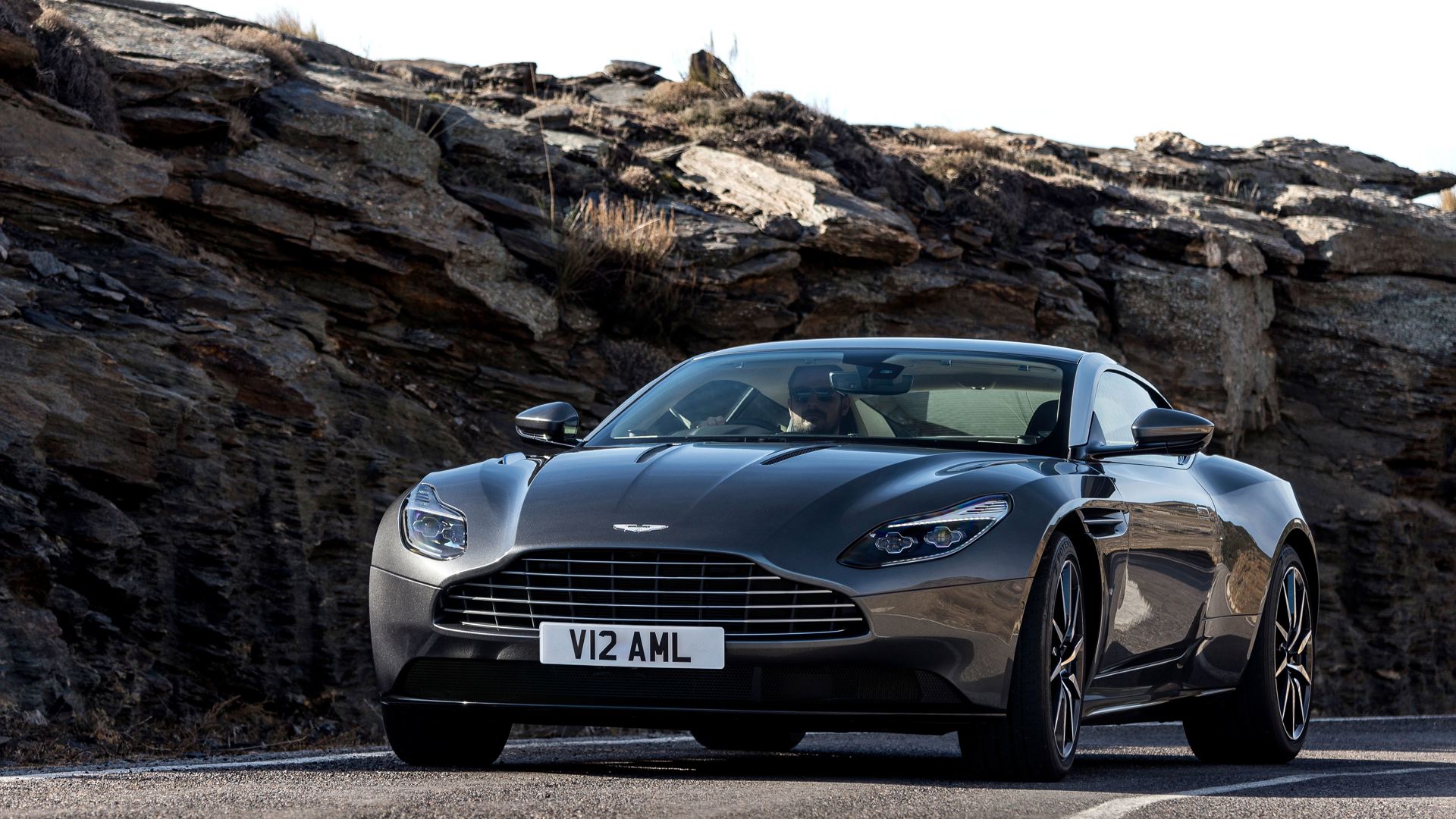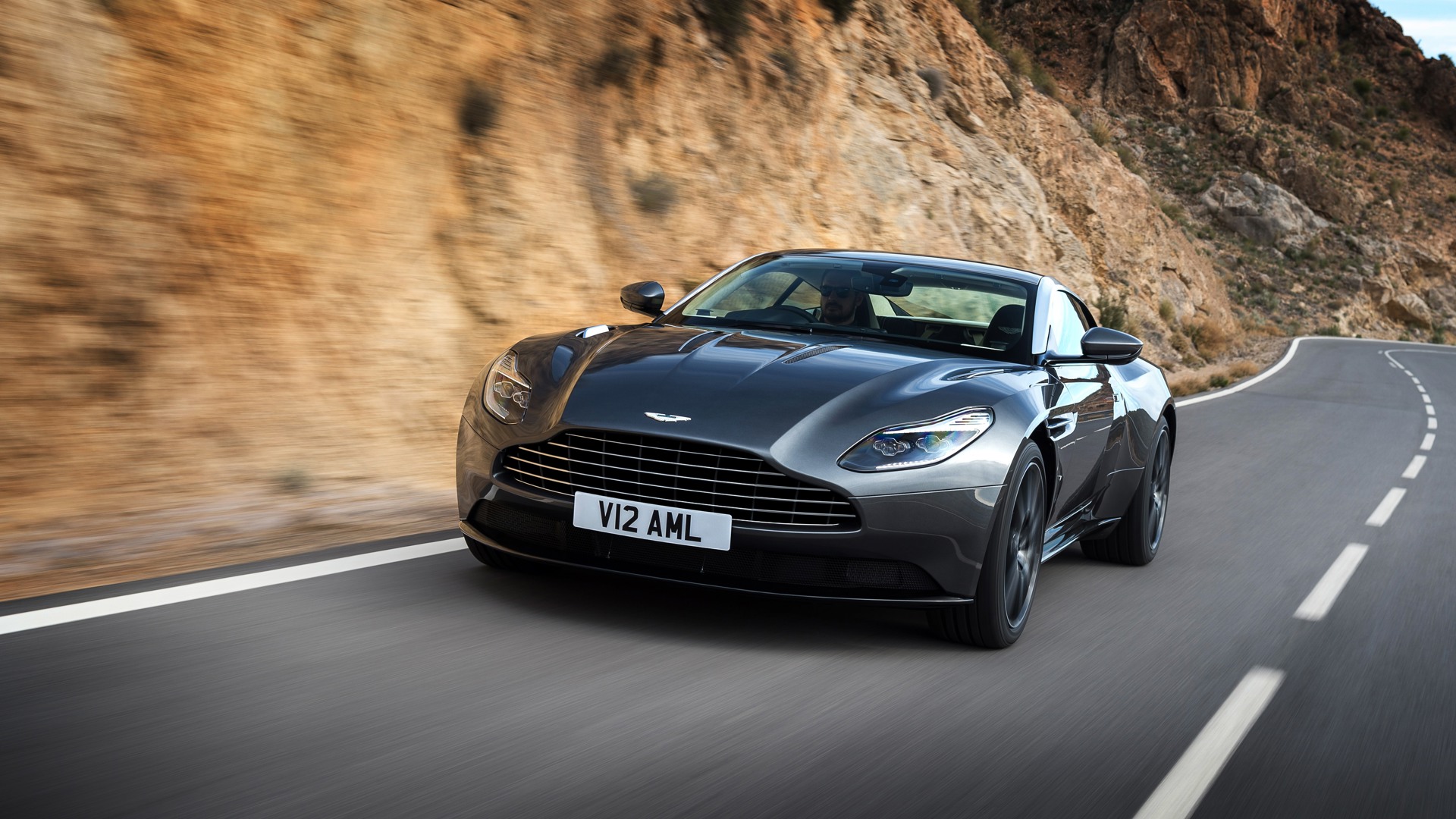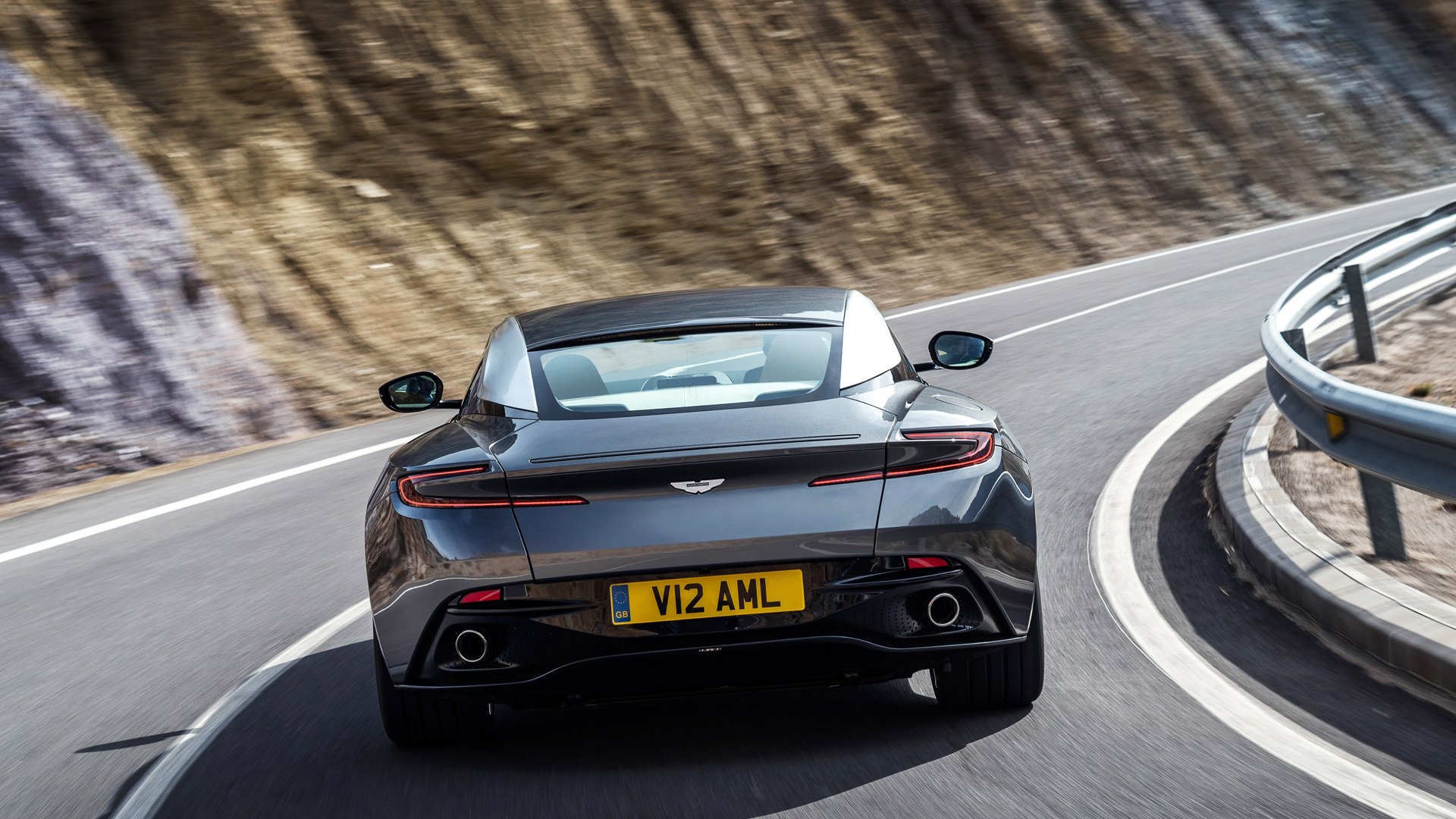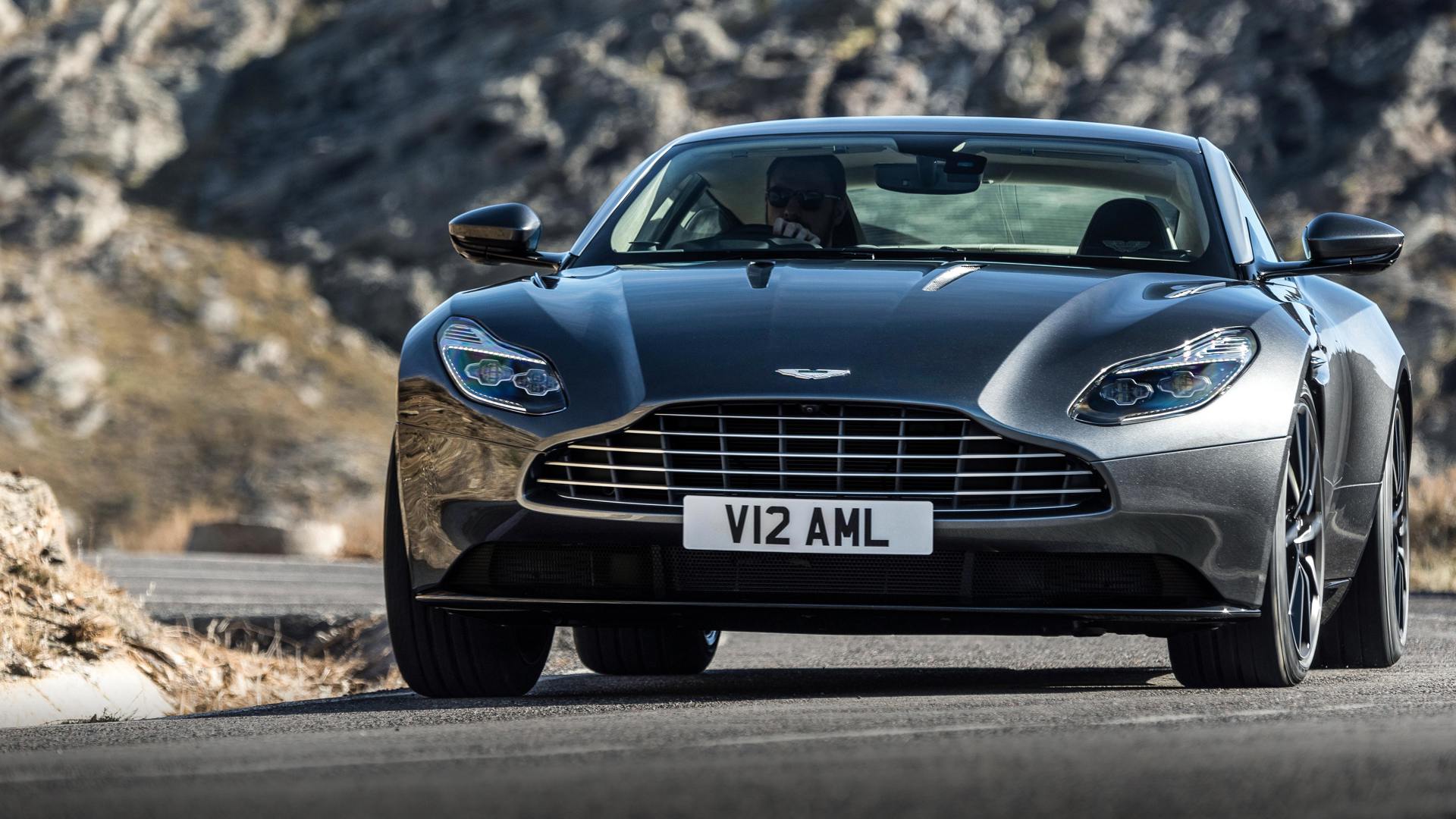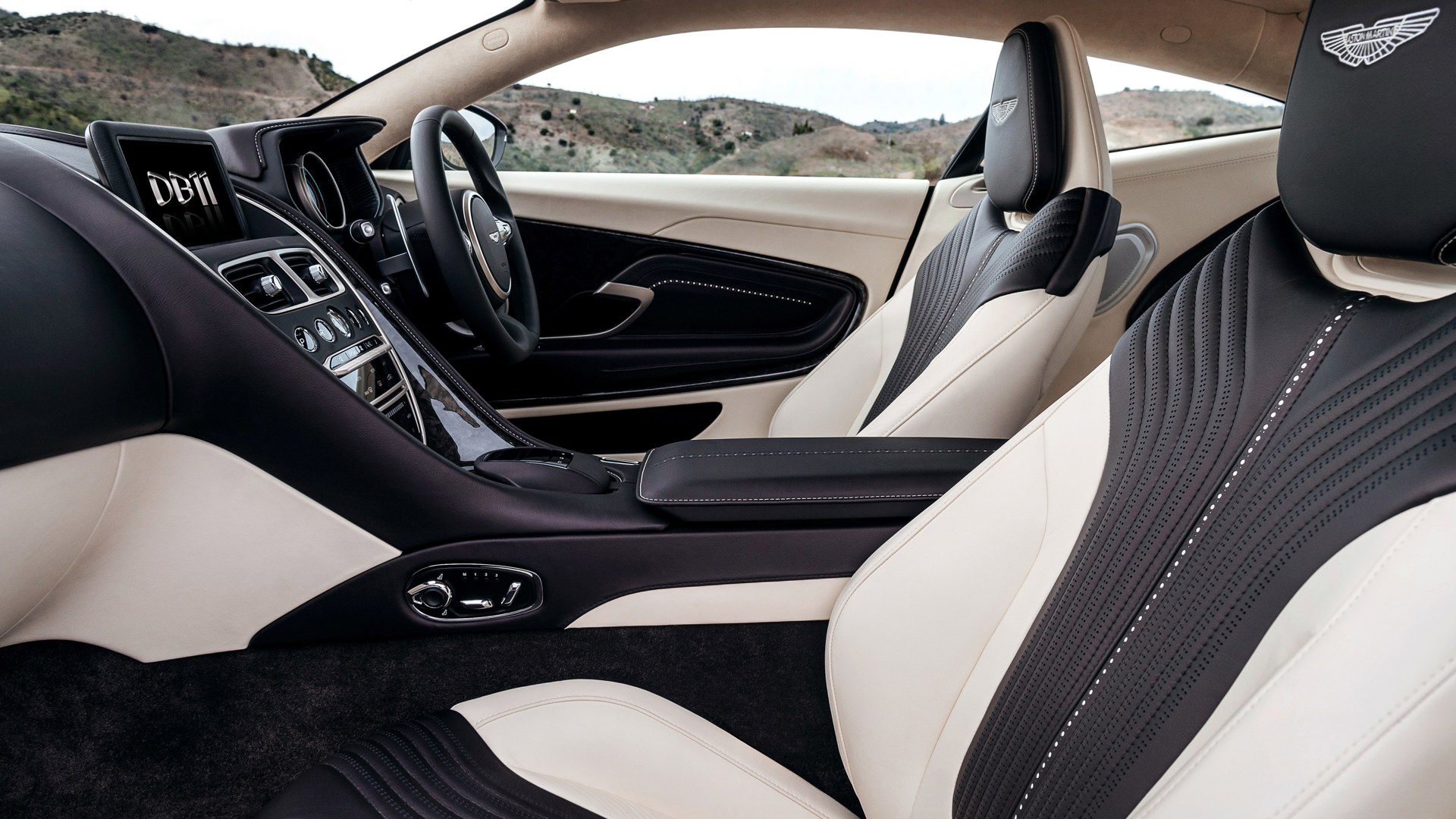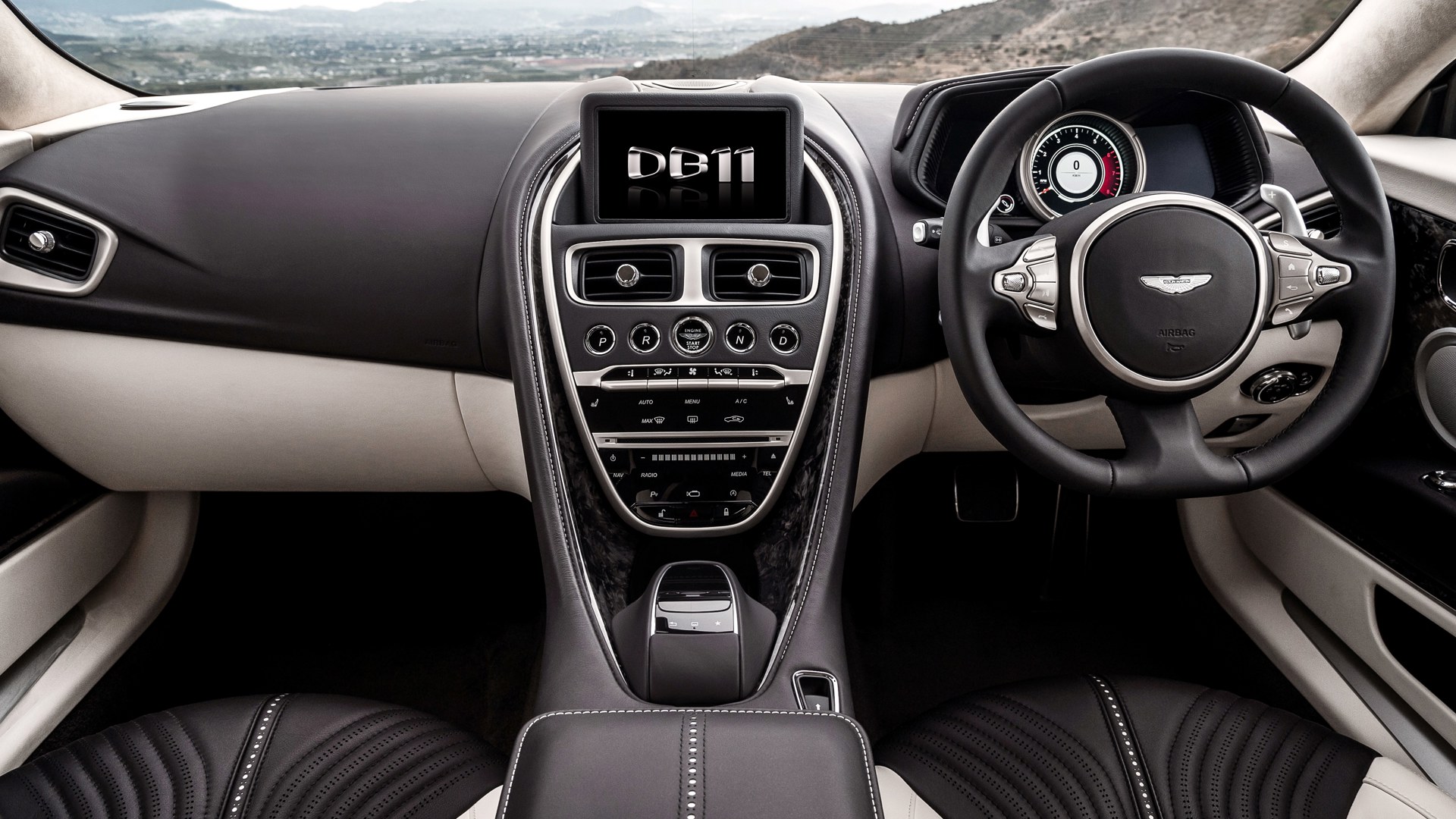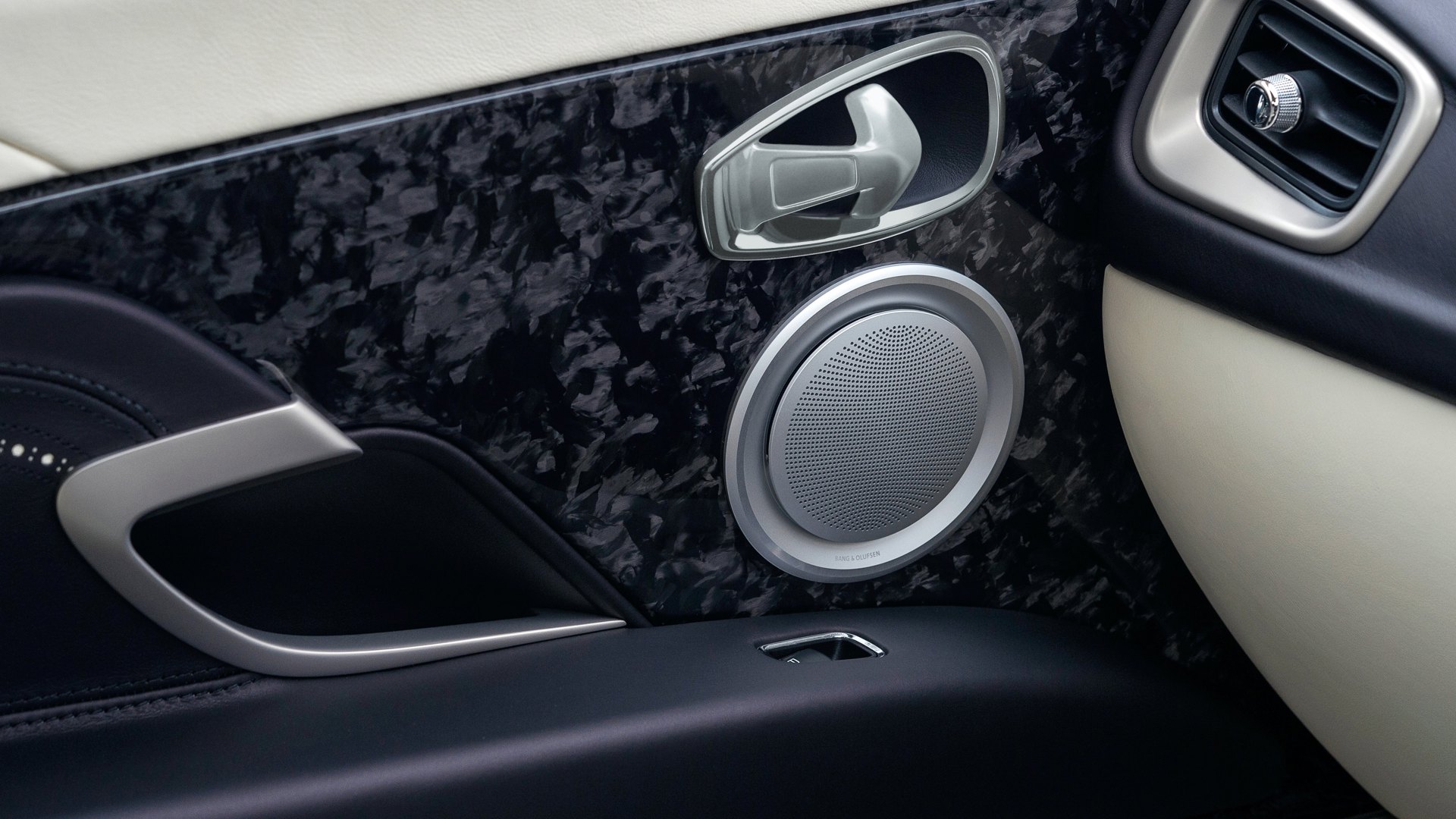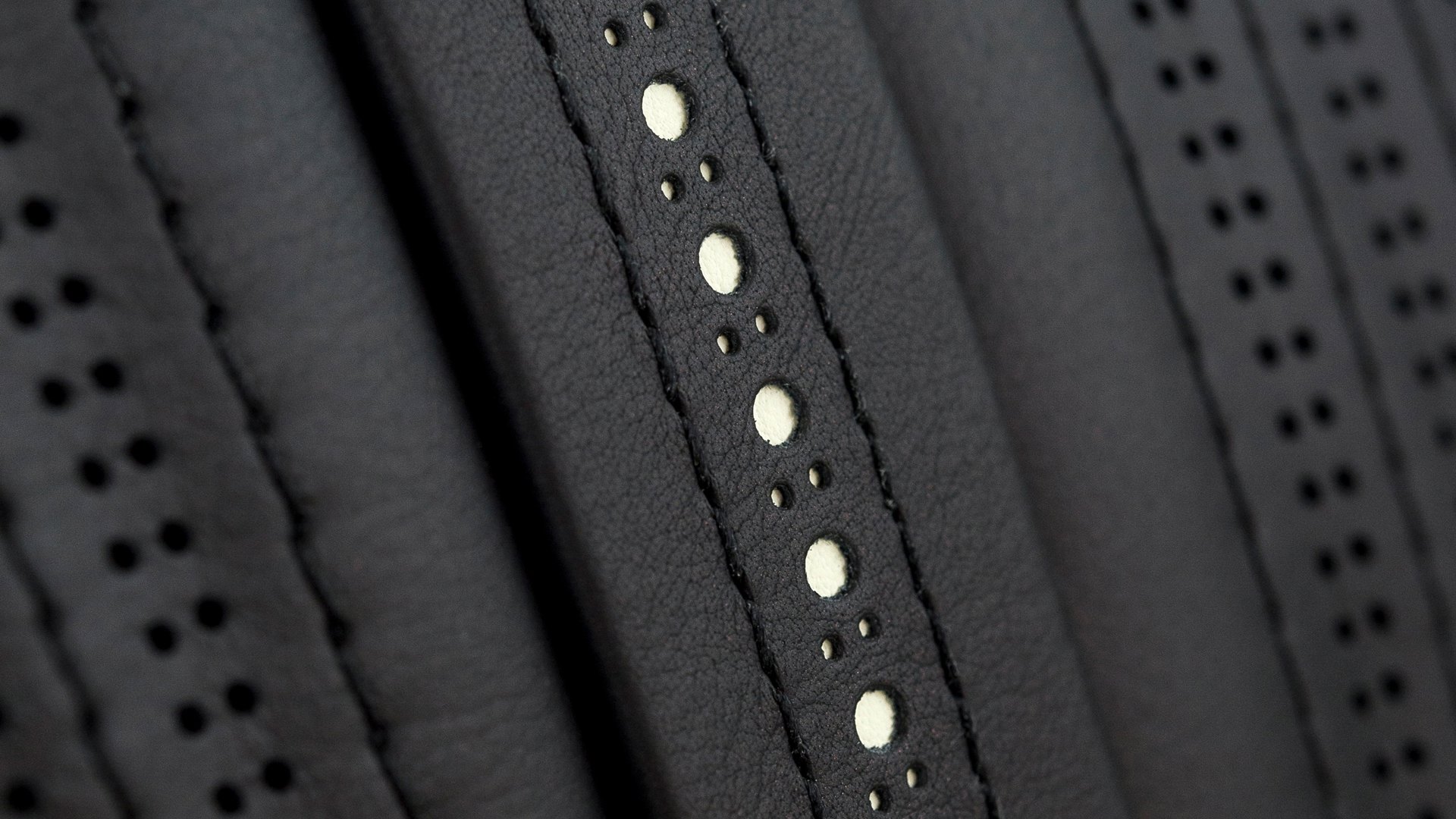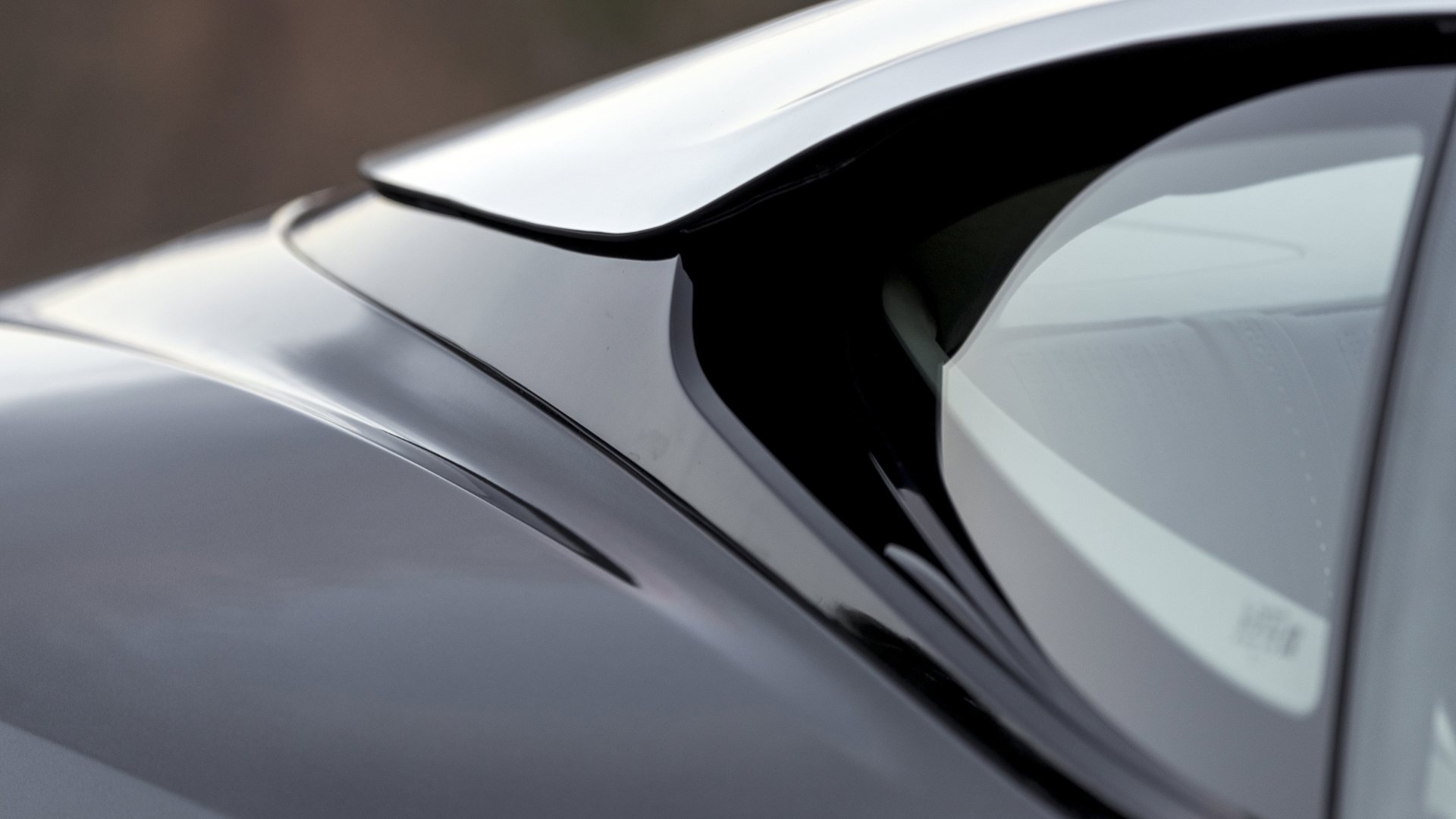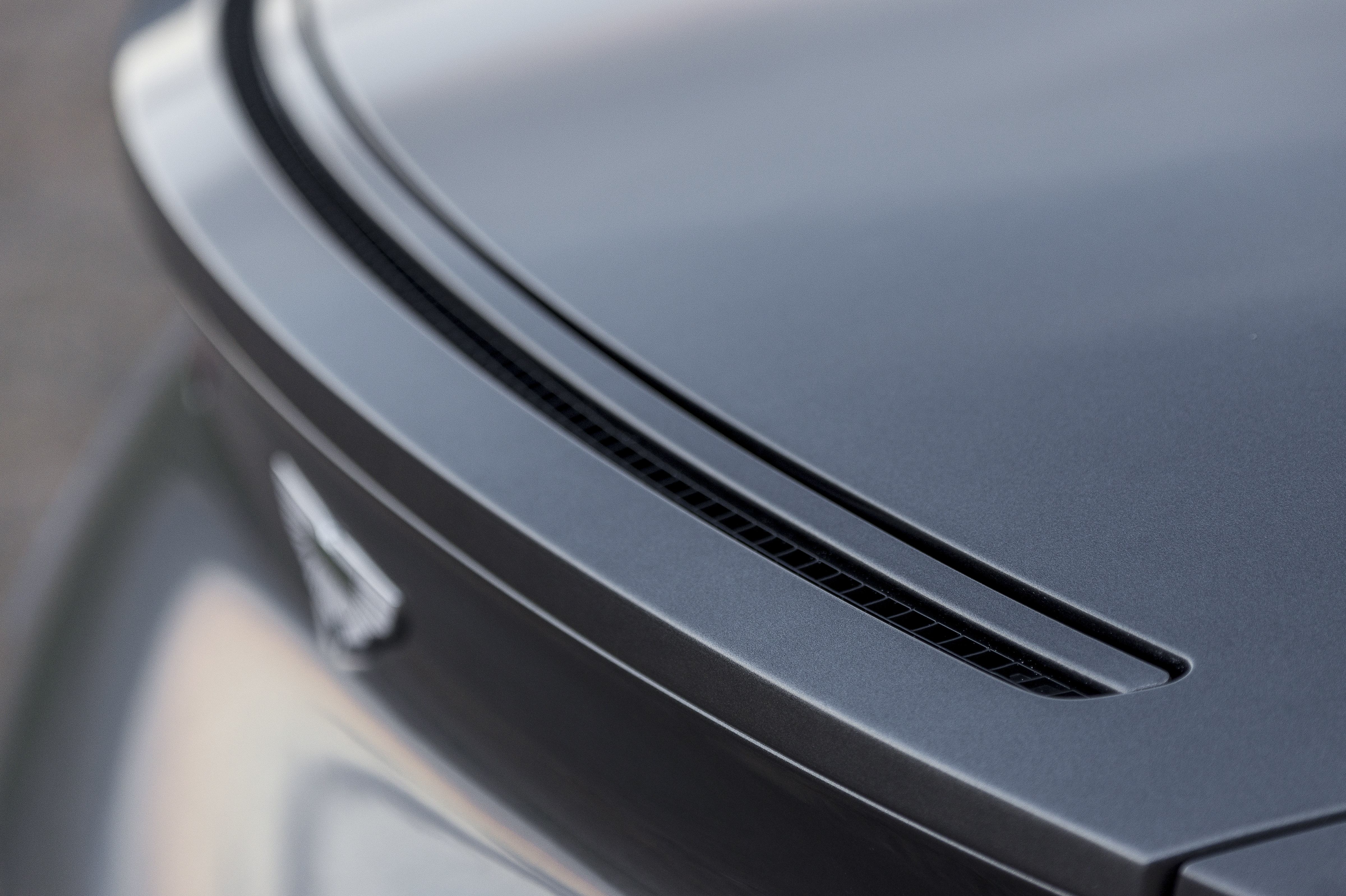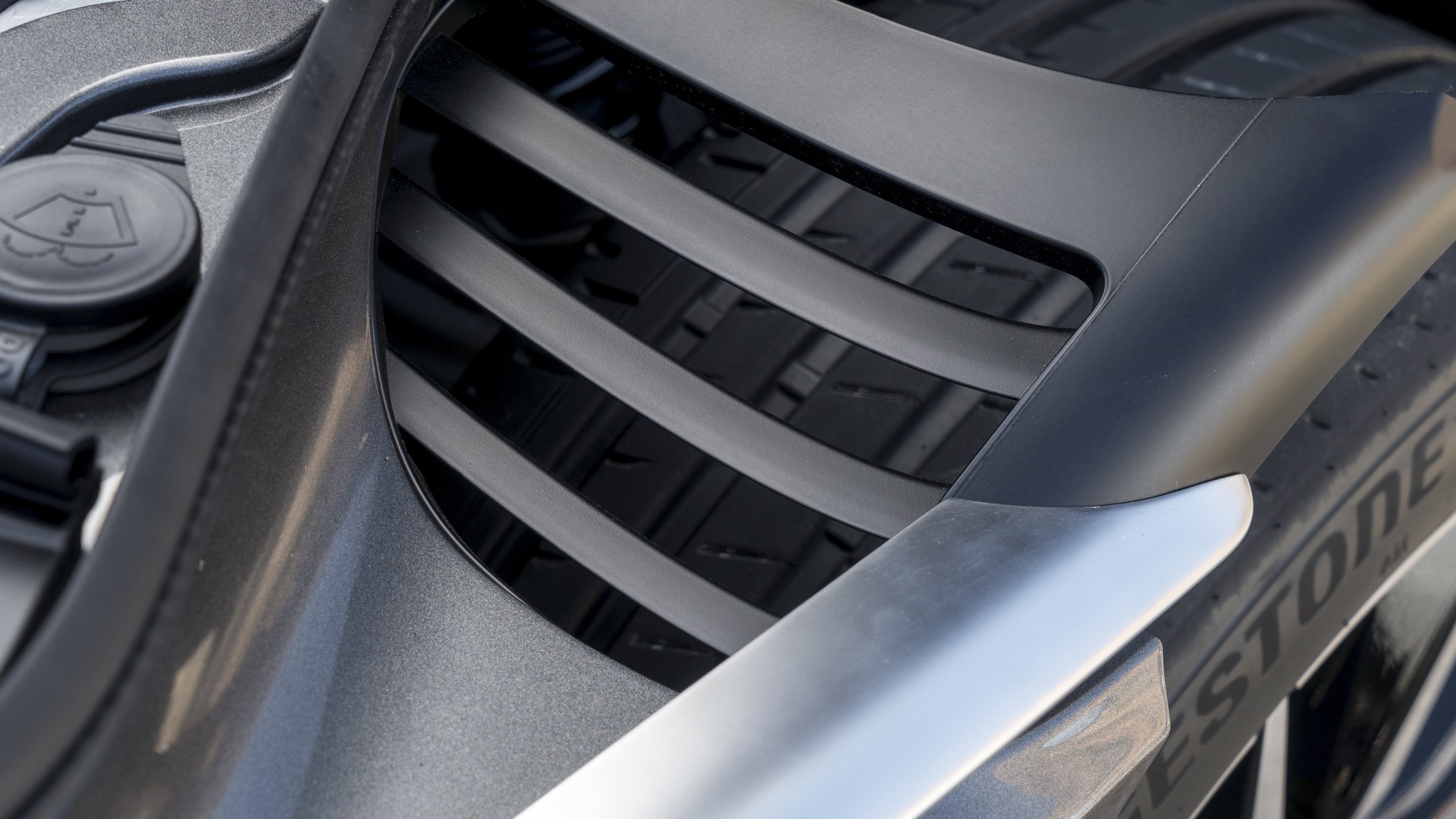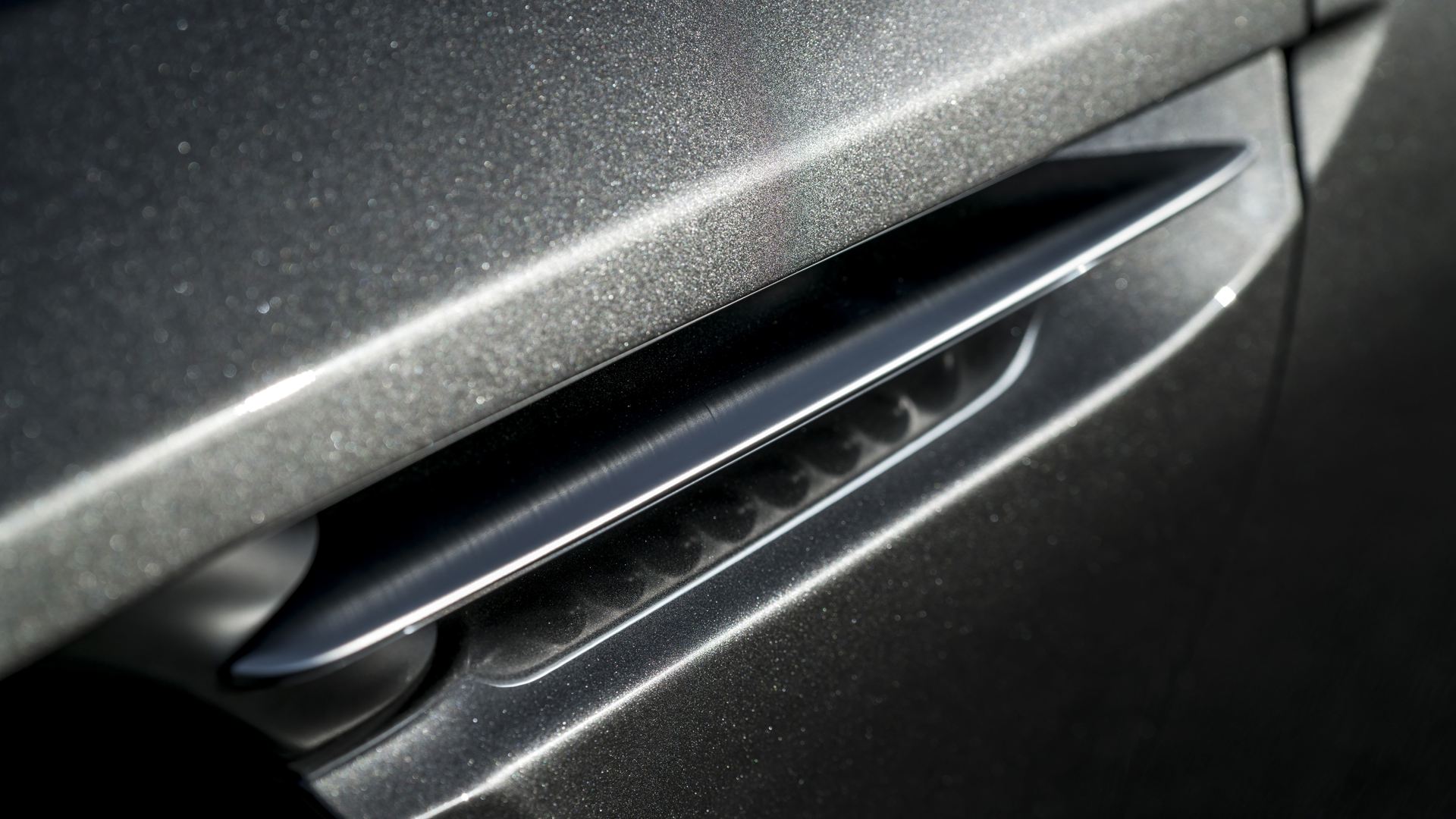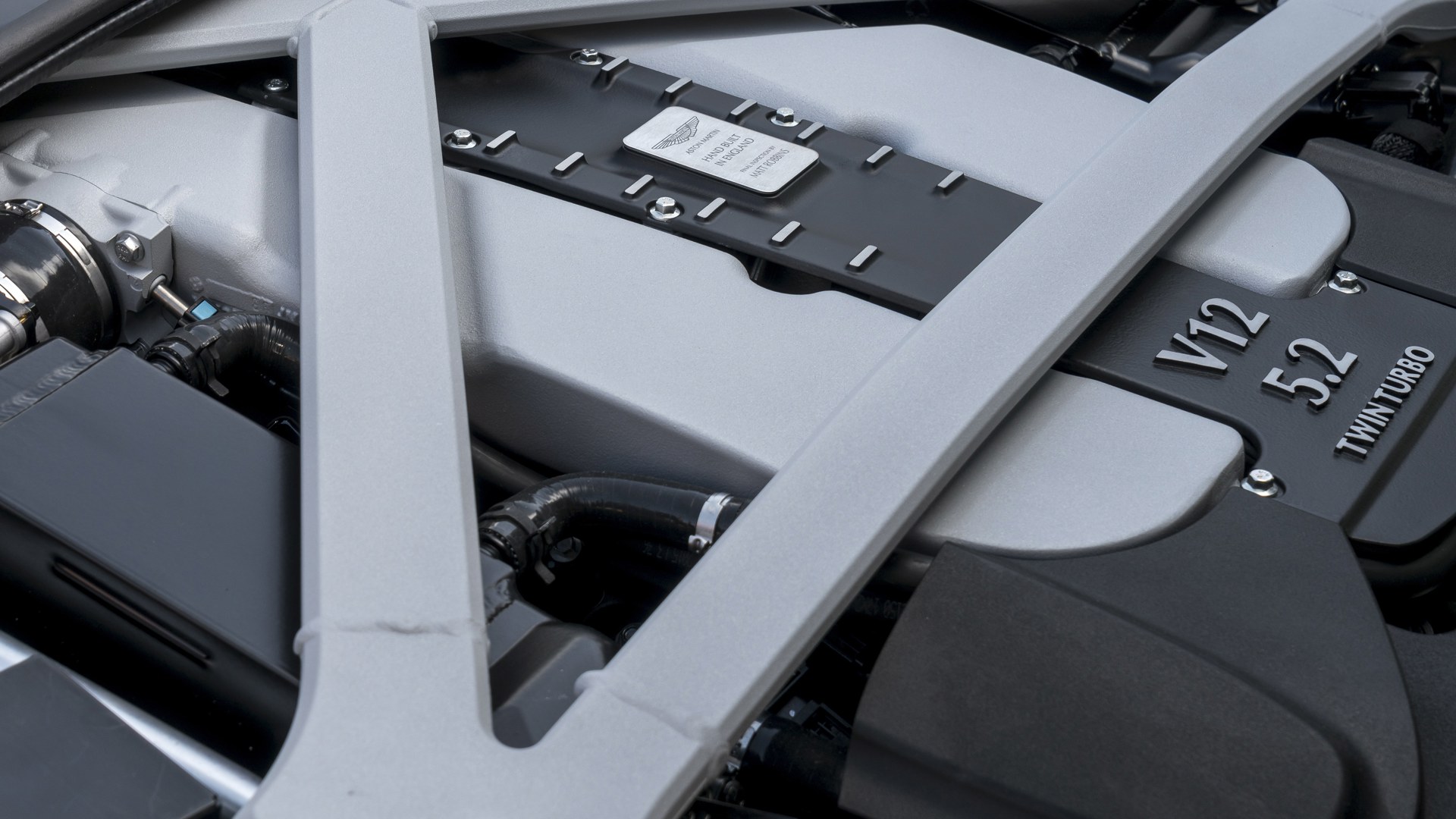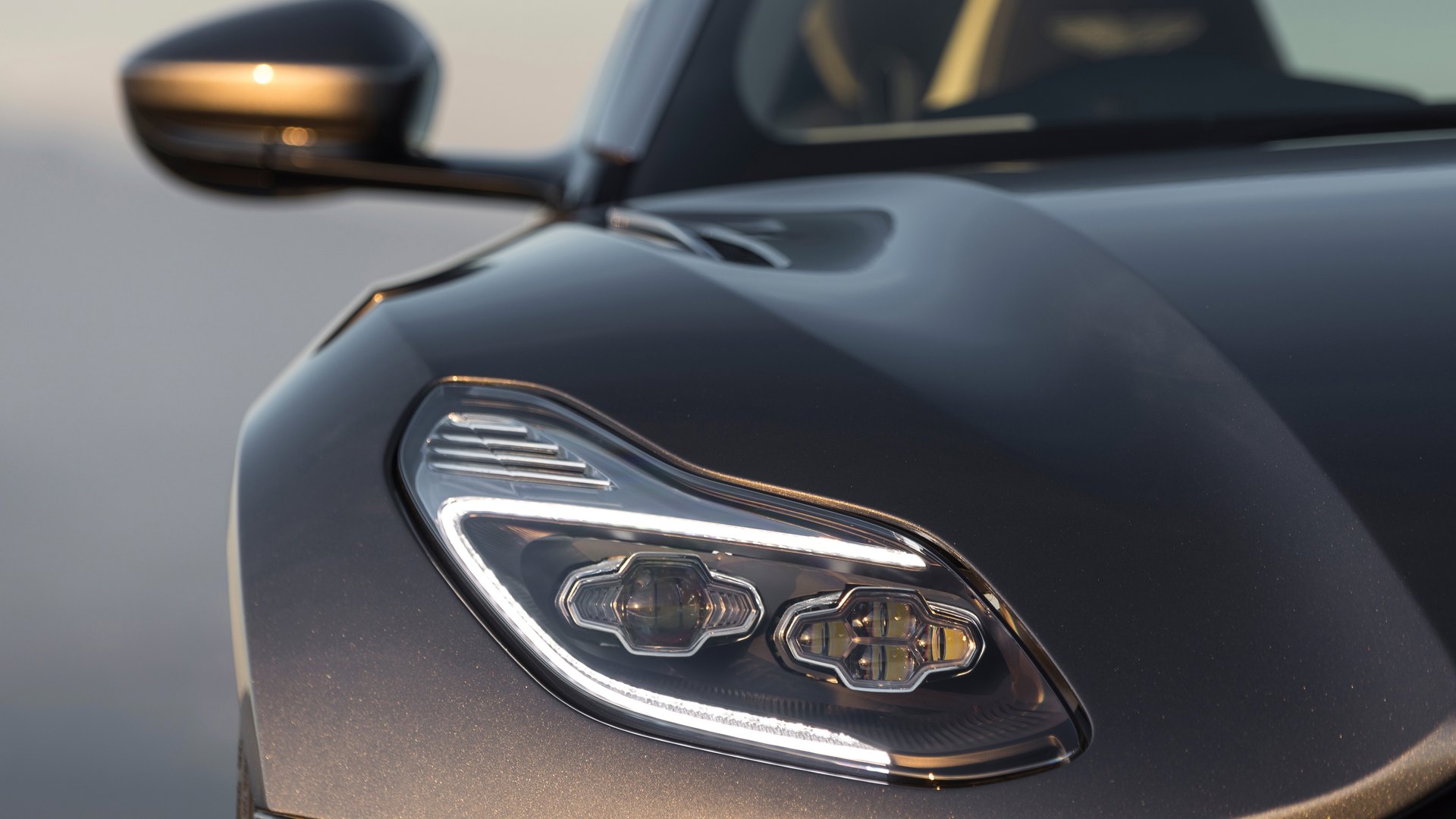We brought you early details for Aston Martin's all new DB11 earlier this week. Now that more information has been released, we are bringing you everything you need to know about the car that has been referred to as the most significant Aston since the 2003 DB9, and possibly their most important launch ever.
Starting under the hood, there is an all-new 5.2L twin-turbo V12. This new V12 develops 600 hp and 516 lb-ft of torque (from 1,50 0rpm). That will propel the car from a stop to 100 km/h in 3.9 seconds. As emissions and economy are the name of the day, the new engine also includes cylinder deactivation and stop-start functions. But the numbers say this engine still delivers the goods. Aston claims that significant effort has been expended to make certain that despite the turbochargers this will still sound the part as well. Aston Director of Product development Ian Minards stated "believe me, the DB11 sounds a lot like a V12, especially in Sport mode". The V12 will be connected to the ubiquitous ZF eight-speed torque converter automatic. This is used in quite a few cars now but in the DB11 will be mounted as a transaxle in the rear, and will have a limited-slip differential, as well as active torque vectoring.
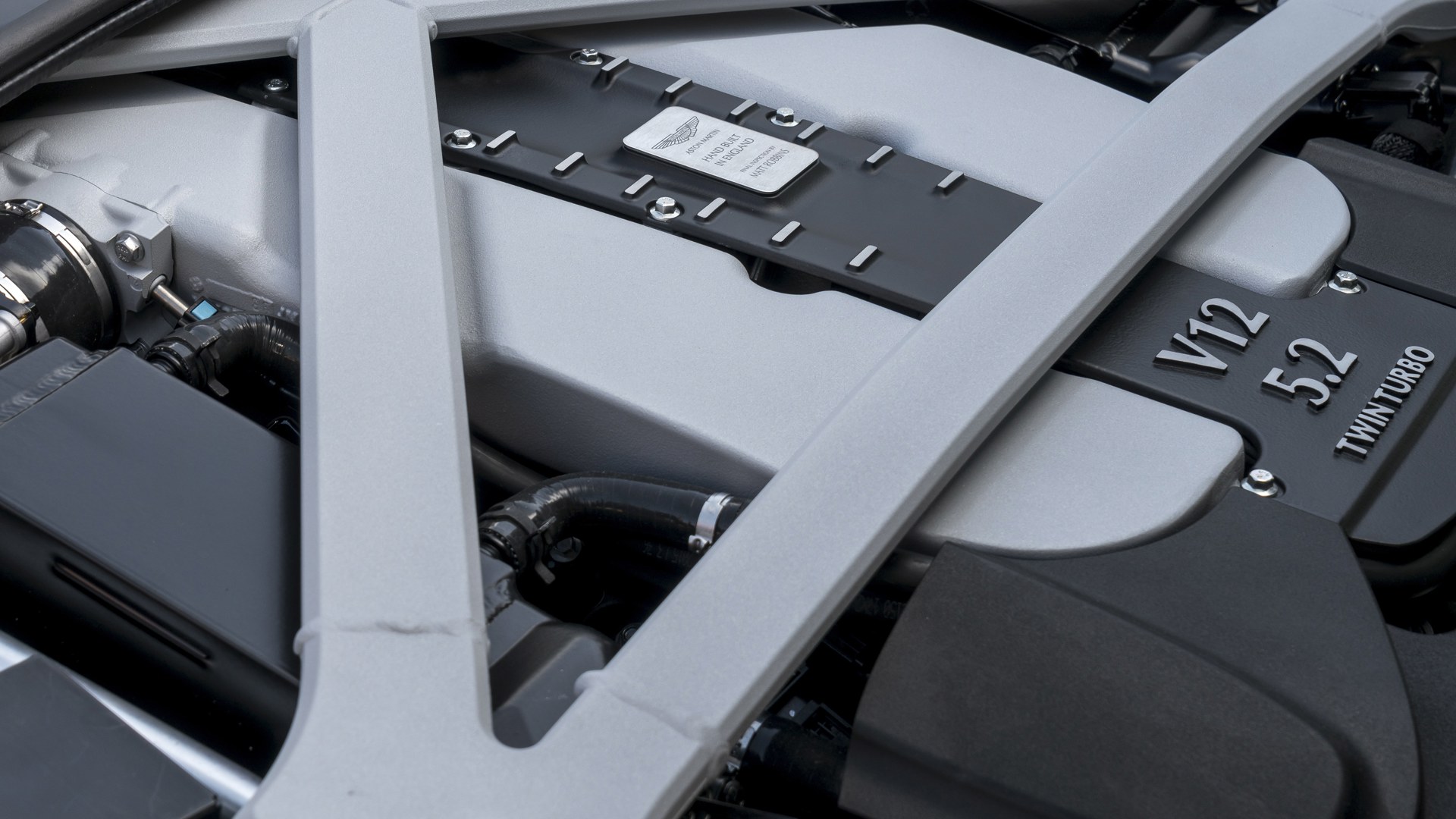
The chassis will be an all new Aston Martin designed architecture, with a combination of aluminum stampings, extrusions, and castings. It will have a longer wheelbase than the old V-H chassis, allowing the engine to be set further back to the improvement of weight distribution and handling. The new car will have increased interior space over previous Astons, with more headroom and passenger volume. It will even have ISOFIX child seat anchors for some of the luckiest toddlers in the world.
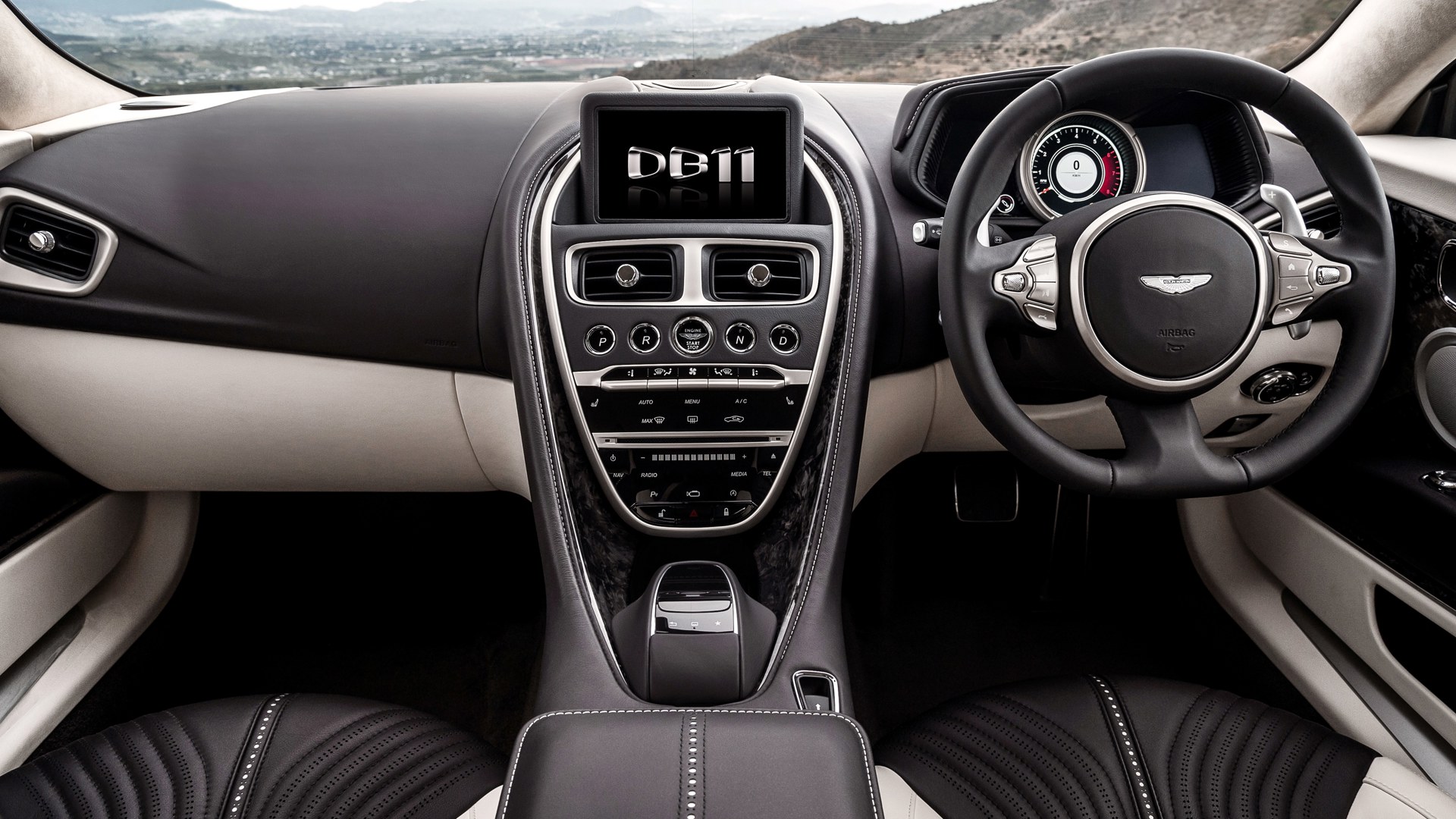
Inside this larger cabin, you'll find a much more modern interior than in past cars. This includes a 12-inch digital instrument display, an 8-inch centre touchscreen, and a rotary control knob, all borrowed from Mercedes. The technology sharing also means that the DB11 will have keyless entry and go, a 360-degree parking camera, as well as parking assist for both parallel and 90-degree spaces
Attached to the chassis will be a double wishbone front and multi-link rear suspension. Adjustable damping is standard, with a GT mode for cruising, Sport for more firmness, changes to the electric power steering and torque vectoring, and then Sport Plus for track days. Minards said that ride quality was a mantra for the chassis team, and as such the car should be a great tourer. At the road are bespoke Bridgestone S007 tires in 255/45 front and 295/35 rear on 20-inch wheels housing 400 mm front and 360 mm iron discs (six and four-piston calipers, respectively).
Lastly, the beautiful body is also designed to be very functional. Up front is a one piece aluminum clam shell hood. The one piece design allows for lighter weight and fewer body lines. It also has improved performance in pedestrian collisions, something which is quickly becoming a more prominent issue. There are LED lights front and rear for improved visibility. You will also find some trick aerodynamic features. Grilles behind the front wheels release high pressure air from the wheel arches lowering front lift. Aston needed to improve rear downforce, but the design department did not want a large rear wing. So they created hidden channels in the C-pillars that route air through the body and exit it through a vent on the rear decklid which Aston calls the AeroBlade. It provides the downforce of a spoiler without ruining the lines.
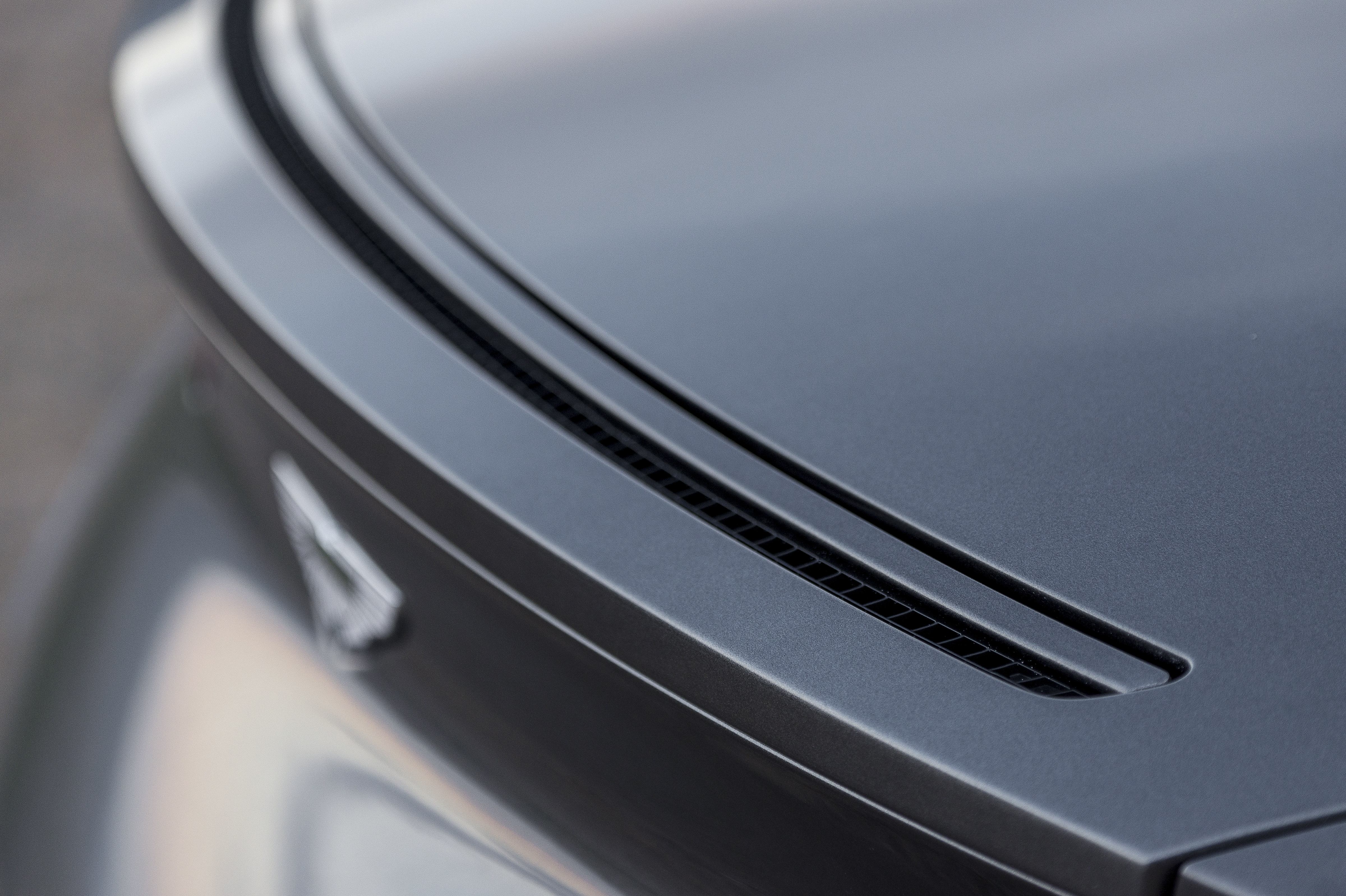 AeroBlade Spolier
AeroBlade Spolier
All of this makes for a clean, powerful, modern Aston, with good aerodynamics and few baubles, garish fins, or things tacked on. This is undoubtedly a very important car for the brand, and Aston hopes it will live up to expectations when it arrives in dealers later this year. For now, you can build your own using their configurator
